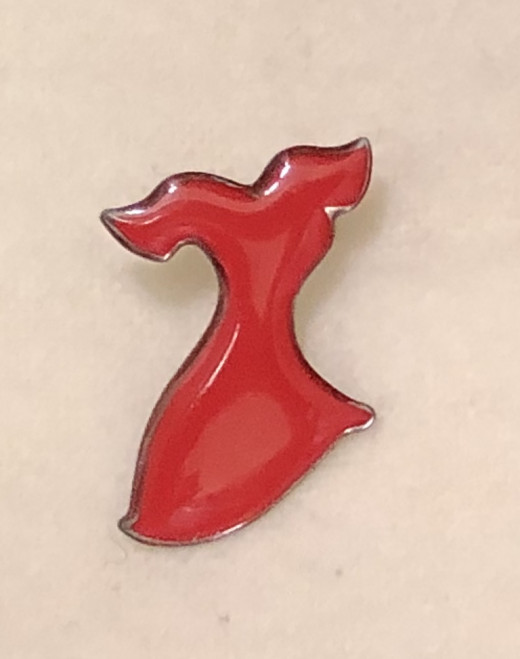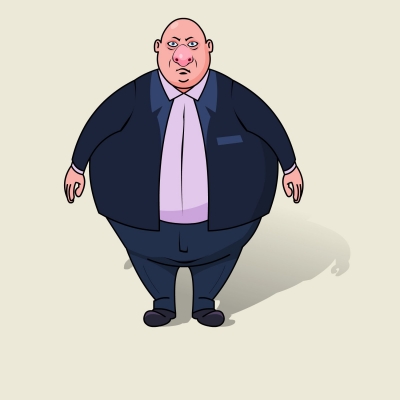February Is Heart Month

Heart Disease Awareness Month, That Is
Each year, February is Heart Disease Awareness Month or, for short, Heart Month. The American Heart Association, as well as research universities, hospitals, churches, and public health departments in states, counties, and cities will launch public health awareness campaigns.
Normally, in almost every large city there will be a "Heart Ball", a black-tie event with music and dancing, wonderful food, some speeches, of course, and often a silent auction, all in the interest of raising money to fight heart disease and strokes. There will be many other events, too, of course. Events such as fun runs, golf tournaments, wine tastings, wine and cheese parties, fashion shows, just to name a few, are all fundraising events for cardiovascular diseases (CVD). Of course, because of COVID-19, the annual "Heart Ball" did not happen in 2020 or 2021. Things are looking up for resumption of these special fundraising activities for 2022.
Of course, there is always National Wear Red Day. National Wear Red Day is the first Friday in February each year. No virus can stop us from wearing red. Next year, 2022, it is February 4. Will you wear red?
We Must Take Responsibility For Our Heart Health
People are not condemed to suffer cardiovascular disease. There are some factors that predispose some people to have this disease, and hey are referred to as "unchangeable factors". Fortunately, there are also several "changeable factors". They are listed below. Because we all have those unchangeable factors, it is important to control the ones we can.
In this article you will find general CVD awareness information. Prevention of heart disease requires everyone to take responsibility for his or her own health. For more specific personalized information, please consult your physician.
Heart Disease Awareness Month is in the past for this year (2021), but the need for awareness is not. Please, know your numbers: your HDL (high-density lipids), LDL (low-density lipids), Trigs (triglicerides), and of course, your total cholesterol levels. For HDL, think "healthy"; for LDL, think "lousy".
One Way to Take Responsibility Is To Eat Healthy Foods

Changeable Risk Factors - These You Can Control
- unhealthy diet
- unhealthy lifestyle
- tobacco use
- physical inactivity
- excessive use of alcohol
- un-managed stress
Unchangeable Risk Factors - These You Cannot Control
- family history
- gender
- age
Victims of Heart Disease Don't Always Look Like This Guy

Heart Disease Doesn't Just Happen
I remember, as a child, asking my mom what killed an elderly great-uncle. She said it was "hardening of the arteries". Of course I asked, "What is that?" Her reply: "Oh, it's something that just happens when you get old." Suddenly, I had a fear of growing up and getting older.
The truth, of course, is that it doesn't "just happen". It does happen more to older people than to young people, but it's not simply a matter of age alone. It is a result of years and years of ignoring one's health; years and years of eating garbage (i.e., fast food, fried food, other high-fat foods, and red meat -- and yes, that includes pork) instead of clean food (i.e., fruits and vegetables, more protein, less fat, less sugar). That's right pork is NOT "the other white meat" -- that's just an advertising ploy. Raw pork is pink, which puts it into the category of red meat.
Most heart disease is a result of years and years of sitting on your backside when you should be moving; and years of smoking, or of being exposed to smoke; years and years of choosing not to manage stress; and years and years of drinking too much. Non-smokers who live with a smoker have a one-third (33.3%) higher risk of heart disease than non-smokers who are not exposed to environmental tobacco smoke.
Do You Know the Warning Signs of a Heart Attack? - Some of them are not so obvious.
Below are the most common signs and symptoms of a heart attack. They are sometimes not the sudden, crushing pain we usually see on TV and in movies. They are usually different for women than for men.
- A feeling of "heaviness" or pressure in the middle of the chest
- Pain in the shoulder, arm, or jaw
- Pain that radiates to one or both arms, frequently (but not always) the left arm
- An unexplained sense of weakness
- Shortness of breath
- Nausea or vomiting
- Sweating
- Severe heartburn
- Unusual pain or "strange" sensations lasting several minutes or more
Do you use tobacco?
Do you try to eat 3-to-5 servings of fruits and vegetables daily?
In the United States, heart disease
kills more women than any other
cause of death.
Woman Experiencing Chest Pain

Women and Heart Disease
Heart disease is still the number one killer of women. In fact, it kills more women annually than the next 4 causes of death combined. So why are we so complacent in caring for our hearts?
Because we like to eat.
Because some of us don't like to exercise.
Because it requires that we take charge of our lives.
Because it often requires us to make changes.
Because we can do all that next week or next month.
I can't help wondering why we are so much more frightened of breast cancer than of heart disease. I think it is probably because we know there is something we can do to prevent heart disease, and we convince ourselves we will do it soon. On the other hand, breast cancer seems to strike more randomly. So we probably feel more helpless against breast cancer than against heart disease.
Still, too many of us do nothing to to lower our weight and/or blood pressure. We do nothing to improve our diets. We do nothing to become more active. Too many women smoke, and too many aren't trying to break that addiction. In other words, we are lazy.
About a year ago, my husband and I started walking for exercise. We started out going around the block, and gradually built up to walking 2.5 miles every day. We combined this with healthy eating. He lost 30 pounds, and I dropped 25. We both look better and feel much better, plus we have more energy now. Try it. It works.
Do you exercise regularly (at least 3 days per week)?
Heart disease is also
the number one killer of men
in the United States.

Men and Heart Disease
Heart disease is also the number one killer of men in the U.S. Men seem to be breaking the smoking addiction in greater numbers than women. Young boys are starting smoking in lower numbers than girls. Men also seem to have become more active than women.
However, men seem less willing to see a doctor than women. Too many men don't see a physician until they have a heart attack or some other frightening event. So, both women and men have work to do in changing our ways.

Protect Your Children From Heart Disease
Protect your children:
Keep them away from tobacco smoke.
Provide a healthy diet, heavy on fruits and vegetables.
See that they are physically active.
Limit their access to fast food and junk food.
Do you know your numbers? Blood pressure, cholesterol, triglycerides, weight, BMI?
Trekking Poles Make for Safer Walking & Hiking

Thank you for visiting this article on heart disease awareness month. I hope it gave you something to think about and that, if you need to change your lifestyle, I have convinced you to try.
© 2012 MariaMontgomery








